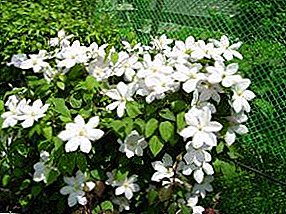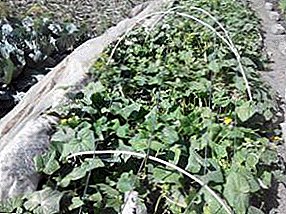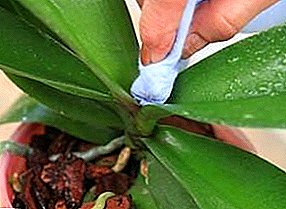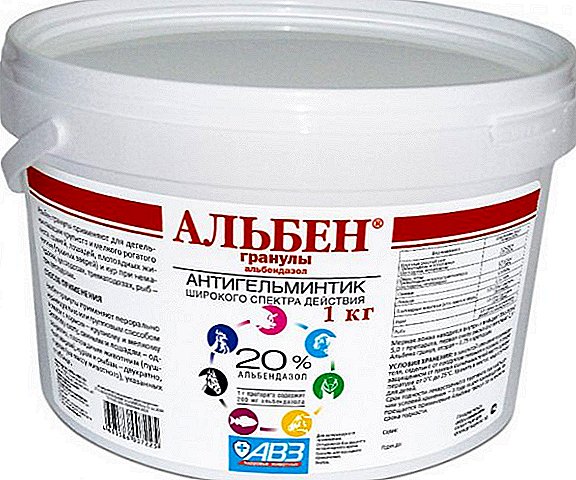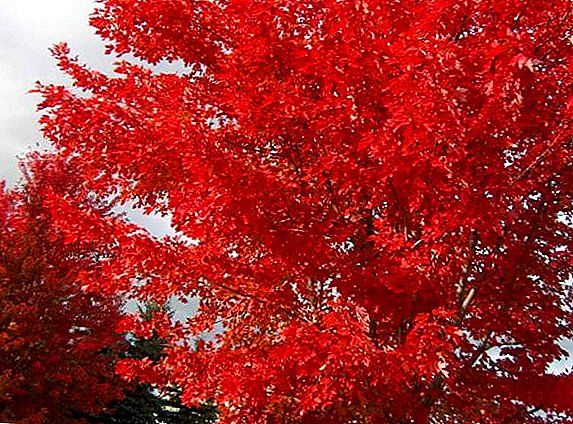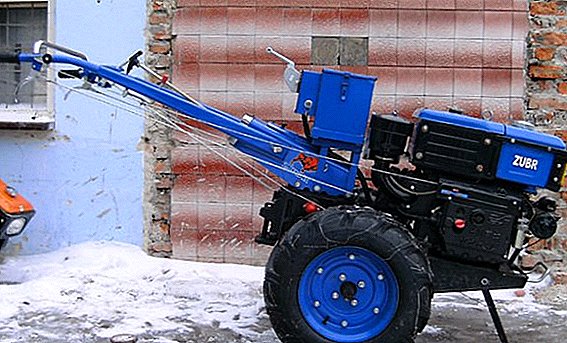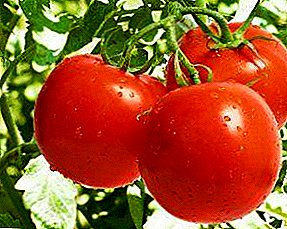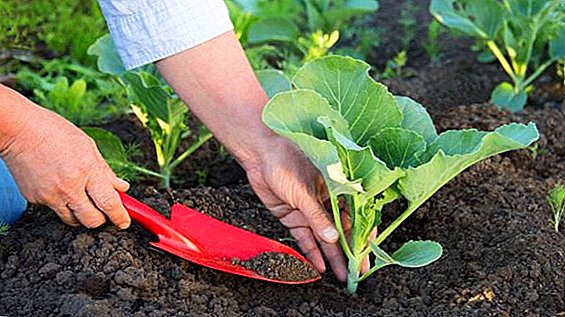 Many gardeners, gardeners pay special attention to planting vegetables, but they do not know how to properly care for cabbage in open ground. In this article we will talk about the basics of care for this useful vegetable, as well as give tips on fertilizing the soil for the plant.
Many gardeners, gardeners pay special attention to planting vegetables, but they do not know how to properly care for cabbage in open ground. In this article we will talk about the basics of care for this useful vegetable, as well as give tips on fertilizing the soil for the plant.
We provide the right watering
The main point in the care of the vegetable is its watering. Only by carrying out this procedure correctly, you can achieve high-quality and rich harvest. The best thing for this is a device that will evenly distribute the water over the area, splashing it. Remember: even a short period of drought can lead to the fact that the cabbage will be hard and stop growing. 
Important! Use ammonium nitrate for foliar feeding is during the formation of heads.The first time after planting the plant needs abundant watering. Irrigation is carried out 1 time in 2-3 days for 2 weeks, water consumption per 1 square. meter is 8 liters. After this period, it is worth reducing watering and moistening the soil once a week. On 1 square. meter at the same time should go 10-12 liters of water.
Watering is best done early in the morning or in the evening. For irrigation it is necessary to use water whose temperature is at least 18 ° C. 
Loosening and care for soil
Cabbage requires to itself special attention therefore, it is important to properly cultivate and care in the open field. After precipitation or irrigation, it is mandatory to loosen to a depth of 5-8 cm; This event is recommended to be carried out at least once every 7 days. After 20 days after planting, the hilling procedure is carried out, which is repeated after 8-10 days. It contributes to the formation of lateral roots, therefore, performing loosening, it is necessary to do this at some distance from the head.
Best of all, cabbage will grow in soft, loose and uniform soil. Periodic loosening contributes to the enrichment of soil with oxygen, which favorably affects the development of the plant. 
Features feeding the cabbage after planting in the ground
Top dressing of cabbage in an open ground carried out in 4 stages. Each of them is very important for the plant, as it provides him with normal growth and functioning at a certain stage. It is very important to fertilize the plant according to the established schedule and proven means. This will help you in the fall to collect a large crop of tight heads.
First
The first feeding It should be carried out 2 weeks after the cabbage is planted in the soil. As a fertilizer, you can use a mullein infusion (1 bucket per 10 liters of water). Under each bush you need to pour 0.5 liters of the mixture. If you do not have such a natural fertilizer, you can use mineral preparations (20 g of superphosphates and 20 g of potassium and urea). 
Did you know? Cabbage juice is widely used in cosmetology. It has a rejuvenating effect and is a component of a large number of face masks.It is very important to understand how to feed the cabbage after planting in the ground, since it is the first dressing that leaves an imprint on the further development of the plant. If you are actively feeding the vegetable before planting in open ground, the first feeding can not be carried out, so as not to burn the roots of the plant.
The second
30 days after landing, you must hold second fertilizer. For this, a mullein infusion is also used, since it exerts a fruitful influence on the plant and strengthens it. If there is no mullein, chicken manure or nitrophosphate solution (max. 2 tablespoons per 10 liters of water) will do. 
Third
Third dressing necessary to encourage heading and should be held in June. For her, you will need a mullein infusion, in which you should add 30 g of superphosphate per 10 liters of infusion. For better performance, you can increase the dose of fertilizer to 1.5 liters per bush. 
Fourth
For fourth feeding the same tools are needed. However, it is worth doing it only if the plant is weak or looks sick.
Important! For more effective pest control, the treatment should be carried out not only in the cabbage plot, but also in the adjacent vegetable gardens.
The fourth dressing should be carried out for late varieties - this will allow to store the vegetable as long as possible. Potassium sulfide (40 g per 10 l of water) or ash solution (0.5 l per 10 l of water) are used as fertilizers. 
Fight against diseases and pests
Care for cabbage in the open field involves the destruction of pests and disease control. Ignoring the diseases and insect invasions, you can lose the entire crop. Consider the most dangerous ailments.
Kila. This disease is the most dangerous for cabbage. It manifests growths on the root system, which leads to its decay. If you began to notice sluggish specimens, or vegetables that develop too slowly, it is worth uprooting them, and sprinkle the place where they were planted. 
Mildew. Most often, the disease can be found on young plants. The leaves are covered with a gray-yellow bloom on the underside. To combat the disease using boric acid (500 ml per 10 liters of water). 
Fusarium In the presence of this disease on the cabbage spots of yellow color appear, with time all the leaves dry out. Cutting off cabbage, you will notice brown spots, and the head will be small in size and irregular in shape. To get rid of the disease, you must remove the affected foliage.
Did you know? Cabbage got its name from the ancient Greek word "kalutum", which means "head" and fully describes the shape of the vegetable.
Pests-insects can also cause enormous damage to crops. 
Aphid. It is presented by small insects of white-silver color. Most often they are located on the bottom of the sheet. Aphids drink cabbage juice, which is why the plant dies over time. A clear sign of aphid attack are twisted and dried leaves. To combat the pest is to use insecticides - "karbofos", "Iskra". You can also carry out the procedure of fumigation with tobacco, watering from the infusion of onion peel or garlic. 
Cabbage fly. In appearance, this pest does not differ much from a normal fly, which complicates its detection. In May, the fly begins to lay eggs in the soil, and after a week of them appear the larvae that eat the roots of the plant. You can find out that the cabbage was attacked by a fly can be found on the faded leaves of a dark gray color. You can fight a fly with the help of a 30% Tiofos solution, diluting it with water. One bush requires a dose of 250 g. 
To get a rich and healthy crop, you need properly care for cabbage after planting. Now you have learned all the details of holding events for growing vegetables, and if you wish, you can apply them in your garden.


